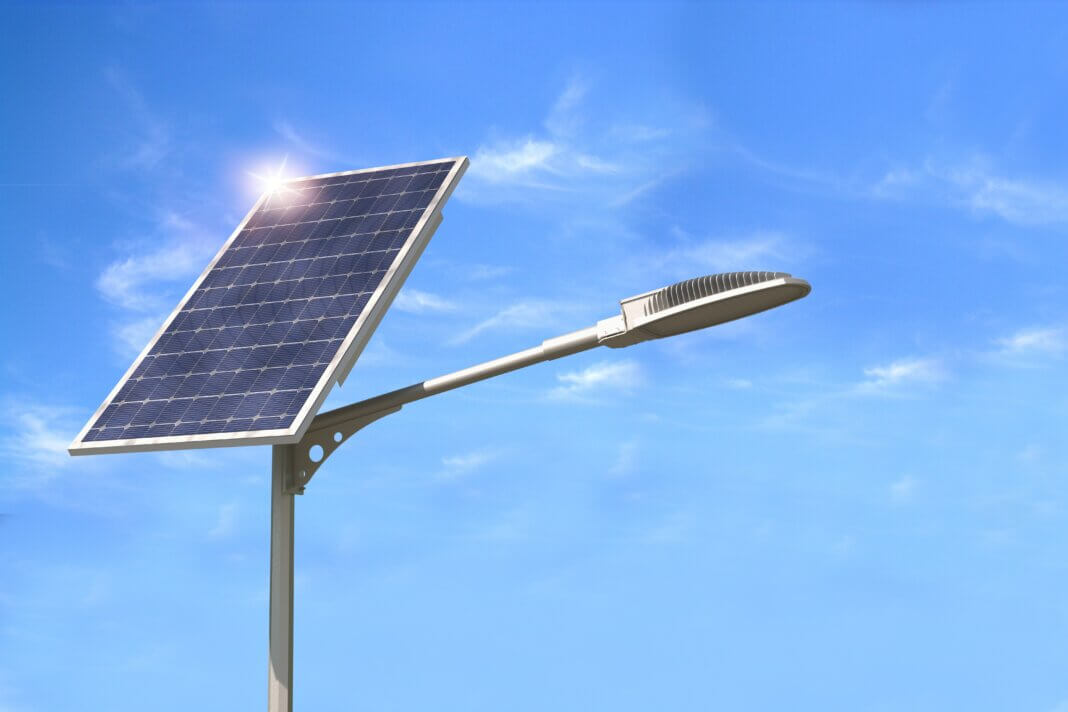Integrating Energy Harvesting Into Urban Infrastructure
Urban environments have long been epicenters for population growth, employment, and innovation. Of course, this means rising consumer energy demands and increasing strains on traditional grid electricity generation.
Energy harvesting within urban infrastructure paves the way for more reliable, sustainable and efficient energy consumption. It also helps lower greenhouse gas emissions from fossil fuel-derived sources and promotes the development of resilient smart cities.
What Is Energy Harvesting?
Energy harvesting is harnessing and converting trace amounts of surrounding energy from the environment into electricity. For example, harvesters collect what would otherwise be wasted energy from light, heat, motion and vibration and use it to power devices.
Transducers transform collected energy into electricity before altering it to a functional voltage. The energy is then stowed in capacitors and batteries until needed. Most people are familiar with transducers like photovoltaic (PV) cells, which convert solar light into electricity, while thermoelectric generators convert thermal energy. Likewise, piezoelectric materials and electromagnetic induction transform kinetic energy from movement and vibration into usable power.
Kinetic energy harvesting is an emerging solution in the built environment. In one study, researchers captured vibrational kinetic energy from vehicles driving over speed bumps. During tests, they achieved an average output of 15.67 watts with a 68.41% efficiency. Their findings demonstrated how kinetic energy harvesting is practical as an emergency power source for parking lot control systems.
Benefits of Energy Harvesting in Urban Areas
Energy harvesting offers many benefits, especially for urban areas. For one thing, renewable energy is cleaner than traditional power sources and has helped replenish global electricity needs by 28%, about 96% of which derives from solar, wind and hydroelectricity.
Additional benefits of energy harvesting for cities include the following:
> Reduced environmental impact through carbon emissions reduction
> Lower energy costs for businesses and individual households
> Job creation in the renewable energy and green employment sectors
> Greater sustainable development and clean energy adoption
> Improved air quality and public health
When investigating potential outcomes from 100% renewable energy adoption and decarbonization in Los Angeles by 2045, scientists found such efforts could reduce citywide particulate matter by 8% and increase ozone levels by 5% from a 2012 baseline. These changes could save the city $1.4 billion in monetized health gains in one year.
Applying Energy Harvesting to Urban Infrastructure
Integrating energy harvesting into urban infrastructure is already underway. Researchers have explored the following applications of harnessing ambient power in the built environment.
Transportation
Piezoelectric technologies draw energy from roads and sidewalks, converting the mechanical strains from vehicles and pedestrians into electricity. The energy generated ultimately depends on the mechanical properties — how well materials respond to applied force — vibrational frequency, and stress under the physical element.
This applies to traffic volume and vehicle weight as cars pass over roadway surfaces. The harvested energy can then electrify low-power sensors, traffic lights and signals. Inorganic and organic piezoelectric materials — ceramics and films — are most commonly used for their excellent energy outputs at reduced frequencies. However, ceramic materials tend to crack under pressure, while films are less efficient overall.
Buildings
Cutting-edge technologies have maximized building energy harvesting potential using integrated photovoltaics (BIPV) systems. These solar panels are incorporated into roofing, exterior siding and windows to generate electricity. BIPV replaces transparent commercial building envelopes, limiting solar heat gain while creating electricity.
Other opportunities to harness energy from buildings include thermal harvesting — capturing heat from HVAC systems and industrial operations — and rooftop wind turbines. Each approach allows for transforming power for heating, cooling and electricity.
Street Lighting
Street lighting is critical for safe nighttime transportation but is often susceptible to various energy inefficiencies and disruptions. Researchers are actively investigating ways to integrate energy harvesting into streetlights by installing solar power with battery storage. This enables off-grid lighting and less dependence on standard electrical systems.
In addition to piezoelectric devices collecting vibrational energy from road surfaces, wind energy holds the potential for powering streetlights. However, these nanogrid solutions still can’t produce enough electricity. So far, solar panel systems are most sufficient, with an 82% performance rate in converting sunlight into power for street lighting during the year.
Smart City Designs
Energy harvesting has improved how smart cities function. For instance, solar, vibration and other ambient energy sources can power air quality and traffic flow sensors while reducing grid reliance for wireless communication and data transmission.
Ambient energy is readily available in urban areas, making it a viable opportunity to power the Internet of Things devices. These tools ensure that urban power needs are met quickly and efficiently at reduced costs.
Challenges and Considerations for Widespread Adoption
Although energy engineers have made headway in harvesting technologies, technical challenges remain. A primary concern is the ability to integrate these solutions with existing infrastructure. Scientists also have yet to assure optimal efficiency and reliability.
These mechanisms require steep financing, as well. For instance, the BIPV market needs $320 billion in investments within seven years to generate enough electricity to keep up with climate change mitigation actions. So far, there aren’t many financial incentives and assistance to offset the high initial costs.
Regulations and compliance criteria for energy harvesting are also lacking, creating permitting and zoning problems. Likewise, the public is still highly unaware of the potential for energy harvesting, which has left many setting their sights on other clean energy projects.
Harnessing Clean Energy for Resilient Cities
Energy harvesting delivers hope for more sustainable, resilient cities. By revolutionizing and integrating energy harvesting solutions into urban infrastructure, cities can better meet electricity demands while lowering their environmental impact.
